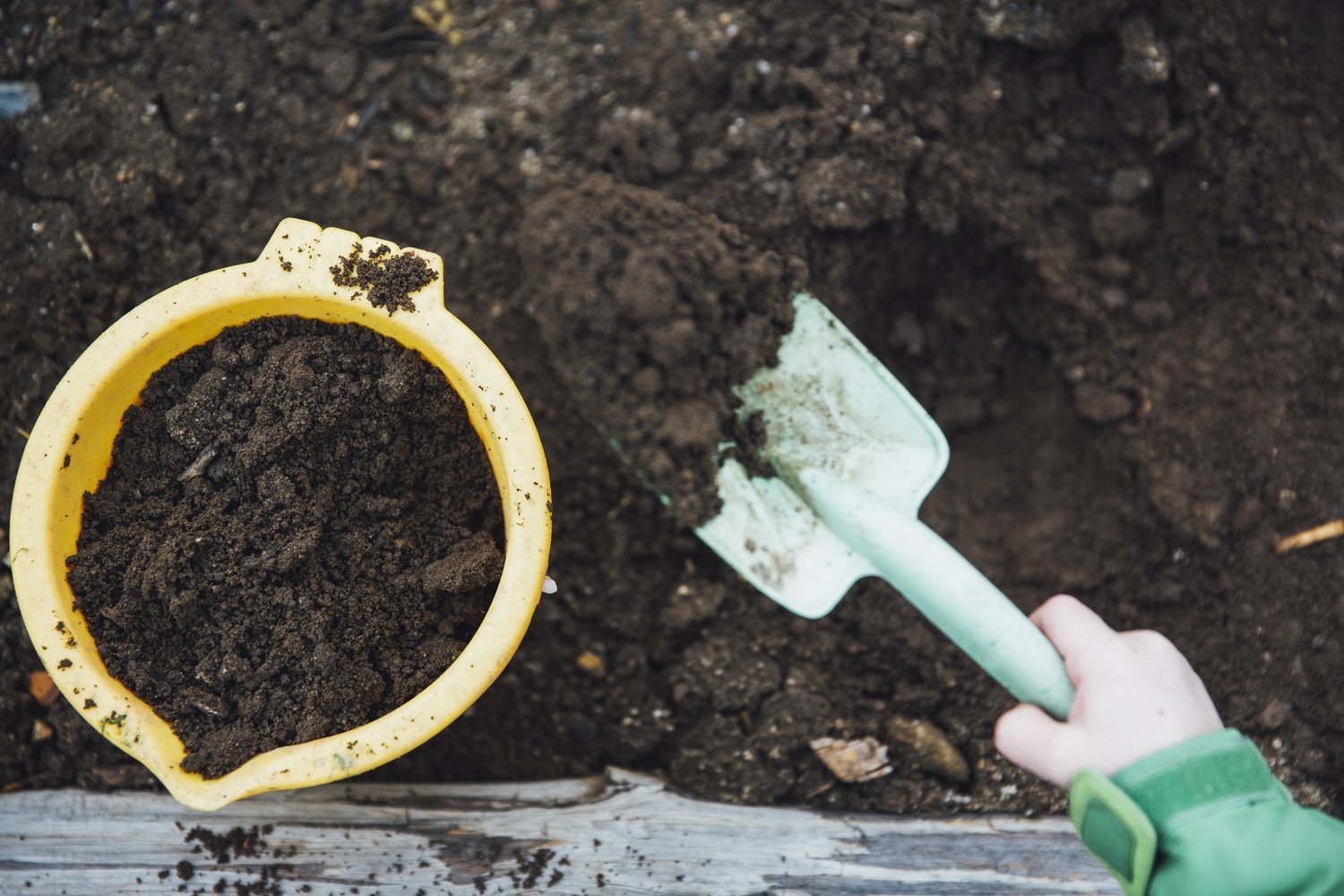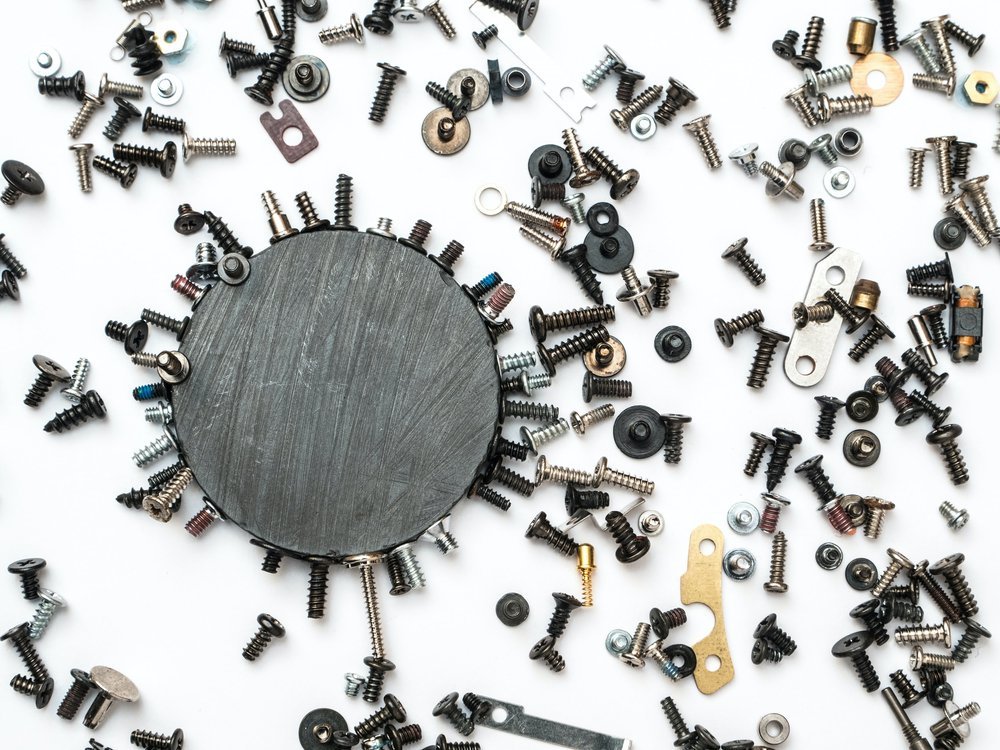10 Tips For Producing Sustainable Packaging
Wrapology work closely with brands to develop and manufacture sustainable packaging. Taking a consultative approach we make recommendations based the most suitable materials depending on the product, budget and timelines.
Below is a brief summary of some of the materials and recommendations we can make in order for your brands packaging to be as sustainable as possible. Its important to note that no material is fully sustainable so it is about finding the right balance.
Plastics can be recycled but most of it ends up in landfill or worse still in our oceans. Reducing our reliance on it is essential when developing sustainable packaging.
The image below shows the various forms plastic can take. Often the materials are marketed as being made from “recycled plastics”. However, without knowing the original origins of the plastic material, you may be contributing to more plastic consumption.
Avoid using plastics (especially petroleum based plastics) where-ever possible.
1. Go Plastic Free
Producing a product from only 1 material makes it easy to sort and recycle. Most of our boxes are made from only paper which makes easy to recycle or easily degradable.
The example box below is made from recycled sugarcane (bagasse) that is pulped and moulded.
2. Mono Material
Our ribbons and carrier bag handles are made using woven paper instead of polyester. Woven paper handles can be recycled with other paper products and will degrade naturally.
They are just as strong as polyester handles and feel soft when being handled.
3. Woven paper
Often it is not possible to use only one material (mono material) to make your packaging. Many jewellery boxes use a combination of materials to create an indulgent look and feel.
Substitute synthetic materials like foam, polyester and ABS plastics with natural materials such as hemp, cotton, ramie and cardboard. These materials will degrade naturally and are renewable.
4. Natural Degradable Materials
5. “Recycled” does not mean sustainable
Recycled means the raw material has been previously used and is now being turned into something else.
Without knowing what the original source of the material was, you may be directly contributing to illegal deforestation (recycled paper) or more plastic consumption (recycled plastic).
Always aim to find where the materials come from and where possible look for a third party certification verifying what the original source of the material was and how it was recycled.
Many of our materials that we use have certifications that authenticate as claims that your brand is making. Some of certifications include:
Paper sourced from sustainable sources
Chlorine Free
Made using Green Energy
TUV home compostable
Speak to one of our consultants about what certifications we can offer for your packaging.
6. Certifications
Brands are expected to be more and more transparent about how and where their product and packaging was made.
We’ve worked closely with our factory to ensure that we are compliant on the EU CSR policies.
Our staff are based in the factories and oversee not only the production but the latest in international labour and environmental policy changes.
7. Factory Compliance
In an ideal world everything we use is fully recycled in a closed loop system. But if and when products are not recycled, we believe that you should be able to manage your own waste.
By ensuring your packaging is home compostable (as certified by TUV compostable certification) the packaging can be composted at home and used as fertiliser within 6 months.
8. Home Compostable
Many of our boxes feature magnets. Magnets are an important part of the unboxing experience and help prevent luxury boxes opening during transit.
During the recycling process, unlike plastic films, ribbons or labels, magnets are easy to remove.
Alternatively they will degrade extremely quickly should they end up in a landfill or ocean.
9. Magnets
An alternative to a petroleum based plastic, biomass plastics are made from the oils of natural sources such as plants.
These extracts can be used to create rigid materials and fabrics and will break down quicker and more naturally than petroleum based plastics.
Biomass plastics cannot be recycled and can also contaminate the plastic recycling chain. We would only advocate using a biomass plastic if there was no chance the packaging was going to be recycled.
In the example below, the box features multiple materials so it wont be recycled. The focus is on the box being used for a long period of time and should it end up in a landfill or ocean it will degrade quicker than an ABS box (with less contaminants).












